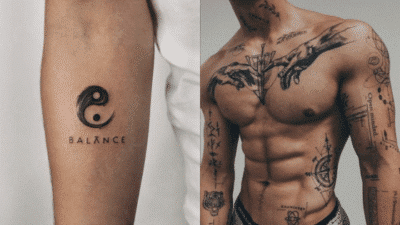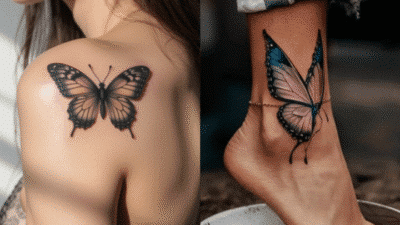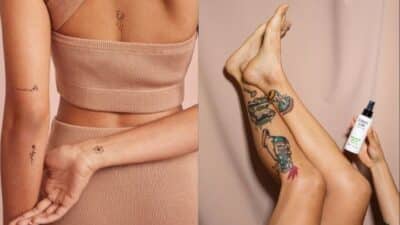Getting your first tattoo can be both exciting and overwhelming with so many designs, meanings, and styles to consider. The best first tattoo idea is one that feels personal, aligns with your style, and fits comfortably with your lifestyle and future plans. Whether you’re drawn to small symbols, meaningful quotes, or nature-inspired images, there are countless options that can mark this important milestone.
It’s important to think about placement, pain level, and the long-term look of your tattoo. Researching popular designs and talking to experienced artists can help narrow down options that suit your needs, making the process less daunting and more rewarding.
Key Takeaways
- Choose a tattoo that matches your values and style.
- Research artists and designs to ensure a positive experience.
- Proper preparation and aftercare are essential for the best result.
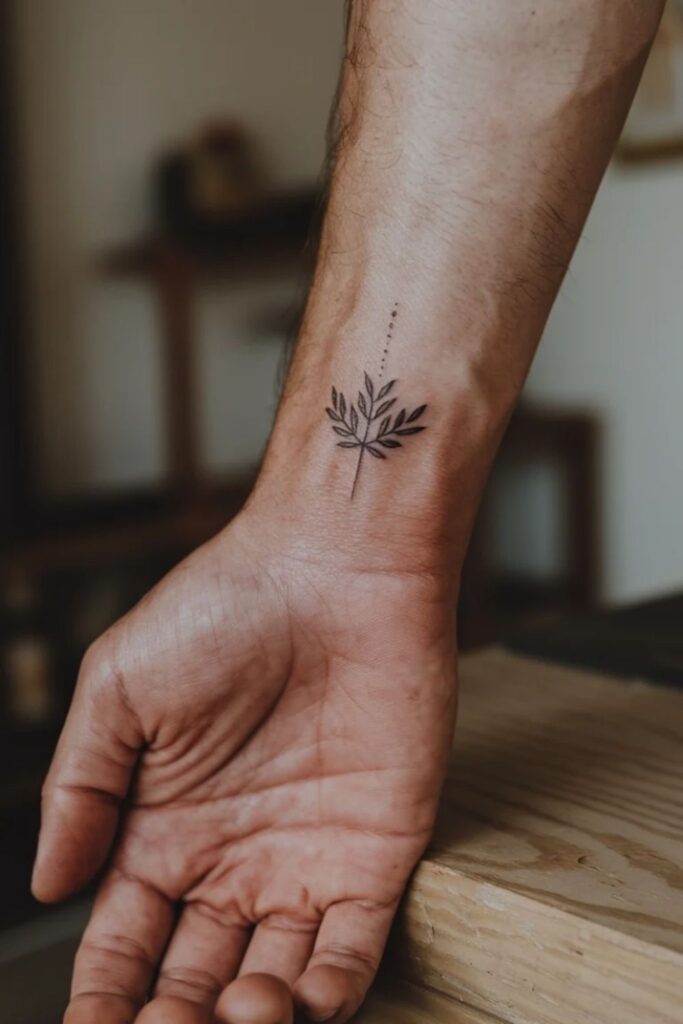
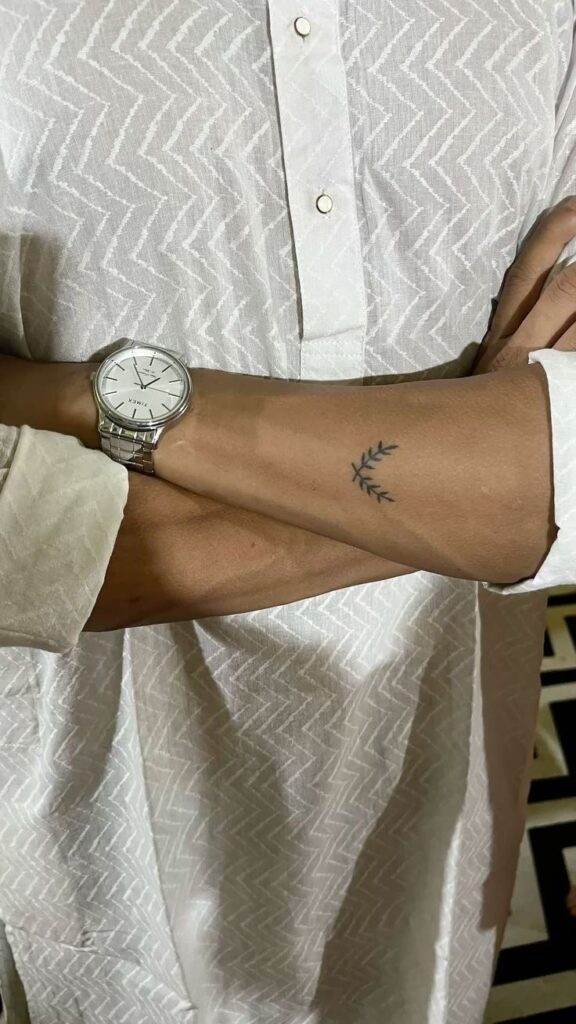
Deciding on Your First Tattoo
Choosing your first tattoo involves understanding your personal motivations, deciding on a visual style that suits you, and selecting a placement that fits your lifestyle and comfort level.
Identifying Personal Meaning
The best first tattoos are those that carry a meaning you connect with. You might be drawn to a symbol, a phrase, or a date that represents a key moment in your life. For many, the most satisfying tattoos reflect something deeply personal, such as a hobby, belief, or tribute to someone important.
Consider what you want your tattoo to represent. Write down a list of words, memories, or values that matter to you. This step can prevent impulsive choices that you might regret later.
Some people choose designs like minimalist hearts, anchors, or coordinates of significant locations. Others select short quotes or important dates. No matter the style, clarity about personal meaning makes your first tattoo unique to you.
Choosing a Style
Tattoo styles vary from fine line and geometric, to realism, traditional, or abstract designs. Take time to browse portfolios online or at studios to see what resonates with you. Some common beginner-friendly styles include:
- Minimalist: Simple, clean lines; easy to maintain and age well.
- Traditional: Bold outlines and solid colors; easily recognizable.
- Script: Words, names, or phrases using different fonts.
Review your chosen artist’s work to make sure their strengths match your preferred style. Talk to them about what you like and ask for advice if unsure. Avoid rushing and let the artist suggest size or detail adjustments that work best for first tattoos.
Placement Considerations
Where you place your first tattoo affects both pain levels and visibility. Popular spots for a first tattoo include the forearm, ankle, shoulder, or behind the ear. Each area varies in sensitivity; for example, the wrist and ribs tend to be more painful, while outer arms and thighs are less so.
Think about your daily life and social or professional settings. If you need to hide your tattoo at times, opt for areas covered by clothing. Use this checklist to narrow down placement:
| Consideration | Example Questions |
|---|---|
| Pain tolerance | Are you okay with sensitive areas? |
| Visibility | Do you want your tattoo easily seen or hidden? |
| Size of design | Does your chosen spot fit your design preference? |
Take time to weigh your options, and if unsure, ask your artist for suggestions based on experience. Proper placement enhances both comfort and satisfaction with your first tattoo.
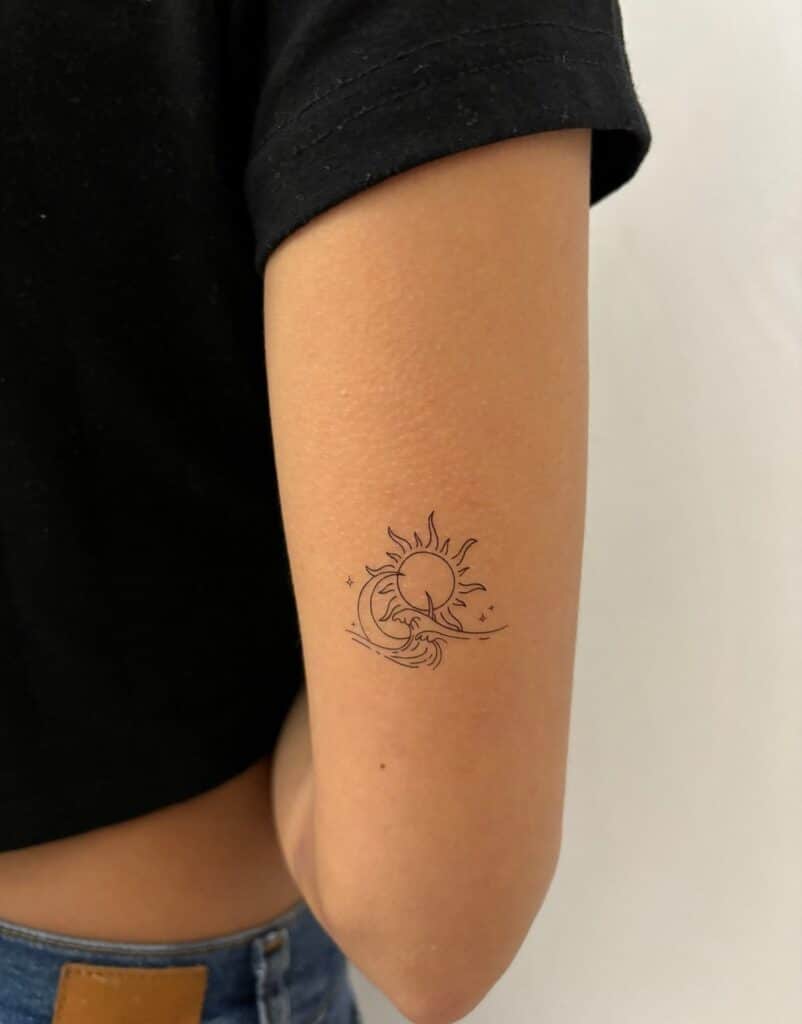
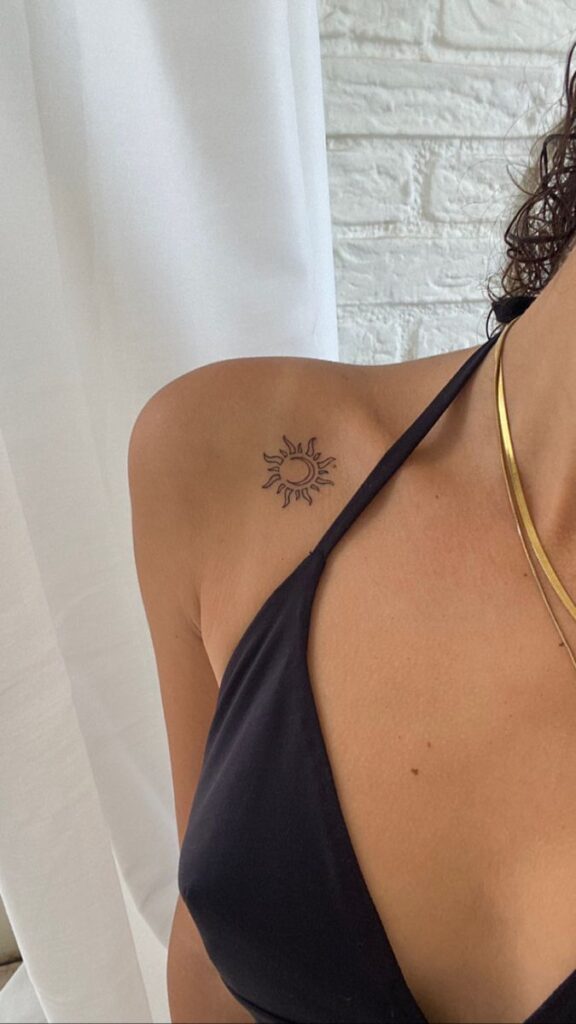
Popular First Tattoo Ideas
Selecting your first tattoo often comes down to finding something personal, unique, and likely to stand the test of time. Many people gravitate toward designs that reflect meaningful moments, values, or qualities.
Minimalist Designs
Minimalist tattoos are very popular among first-timers because they are discreet and easy to maintain. These tattoos use clean lines, simple shapes, and often feature monochrome ink.
Common examples include small hearts, stars, geometric shapes, or subtle line art. Placement is flexible, making it easy to hide or reveal your tattoo as needed.
Minimalist designs are often chosen for their timeless look. For those who are uncertain about committing to a large or detailed piece, a minimal tattoo offers a low-key yet stylish introduction to body art.
Benefits include quicker healing times and generally less discomfort during the process. If you value subtlety and want to start with something understated, minimalist tattoos are an ideal choice.
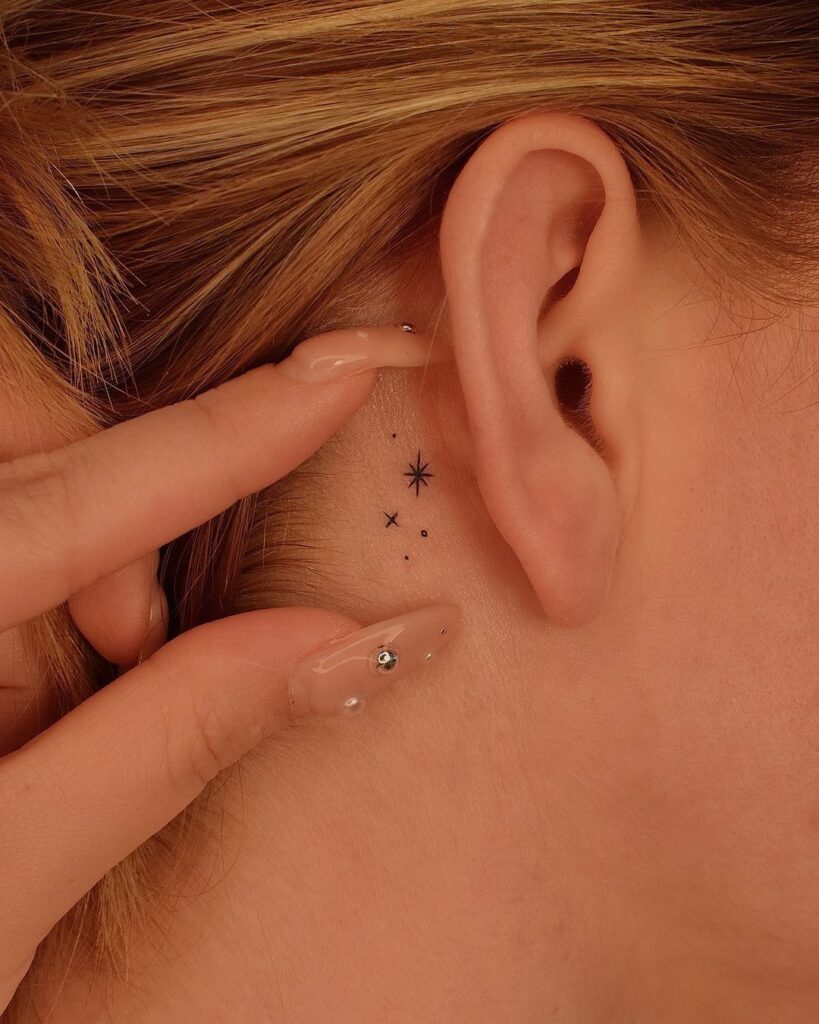
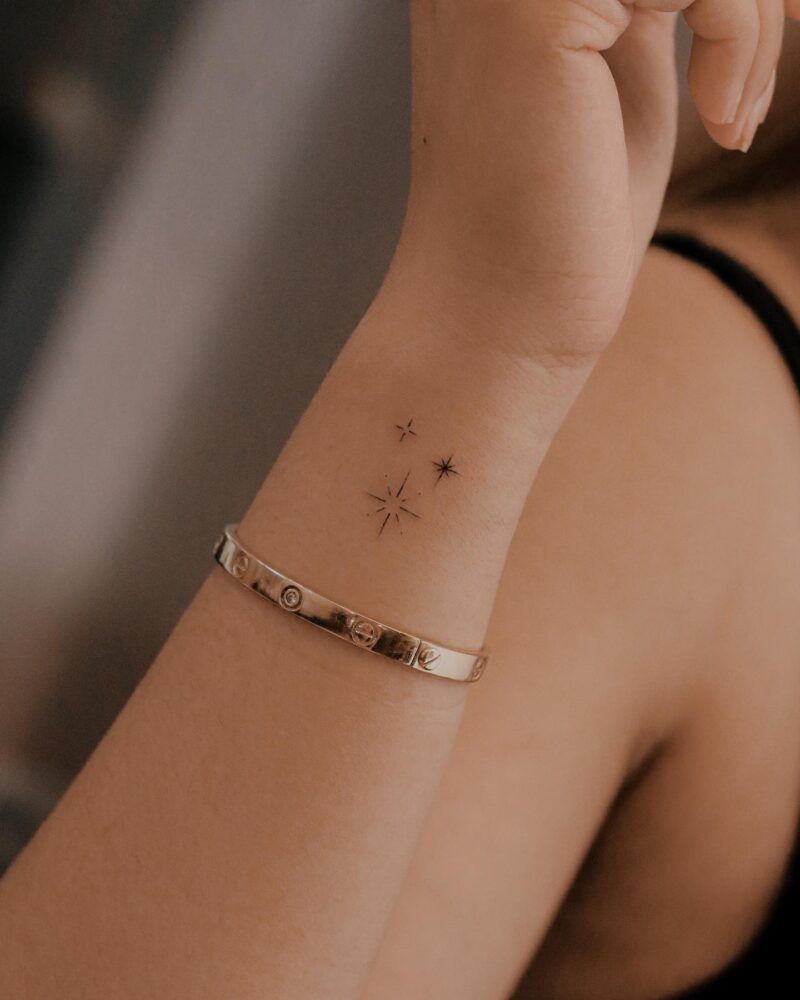
Symbolic Tattoos
Symbolic tattoos carry deep personal meaning and are a popular choice for a first tattoo. Many people opt for symbols representing ideas like strength, hope, or new beginnings.
Examples include infinity signs, anchors, arrows, or religious symbols. You can also choose something specific to your own life, like alchemical signs, zodiac symbols, or cultural icons.
Symbolic tattoos can be as small or as bold as you like. You might select a single symbol or combine a few for a custom design. The key is that the meaning resonates with you and serves as a daily reminder.
Take time to research the symbol you choose. Some symbols have complex histories or cultural significance, so being respectful and well-informed is important.
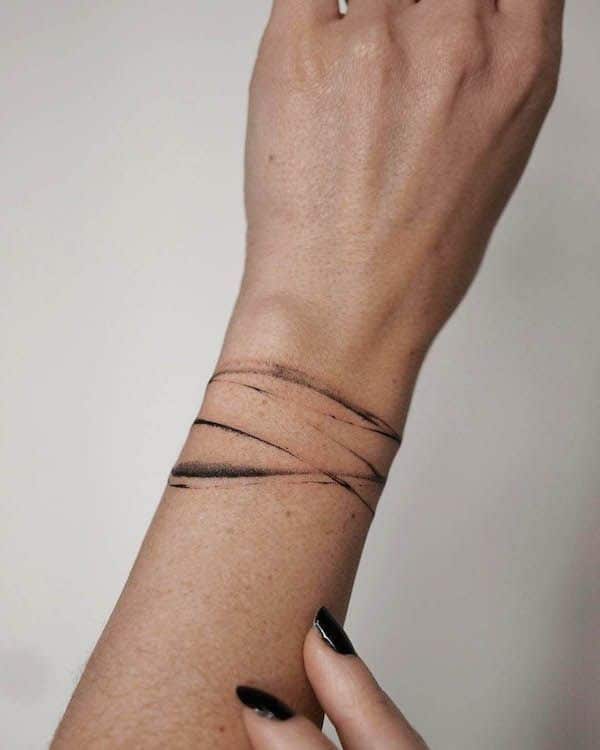

Date and Name Tattoos
Date and name tattoos are a meaningful way to commemorate important people or milestones. You might tattoo a loved one’s name, a child’s birth date, or the date of a life-changing event.
Popular placements include the inner wrist, collarbone, or side of the ribs. Fonts range from classic typewriter styles to elegant cursive, allowing you to customize the look.
These tattoos are often small and straightforward, which helps with first-tattoo nerves. Whether it’s a single word, a meaningful date, or initials, these tattoos serve as a permanent reminder of what matters most to you.
Choosing a date or name tattoo requires careful consideration. Double-check spelling and format before you commit.
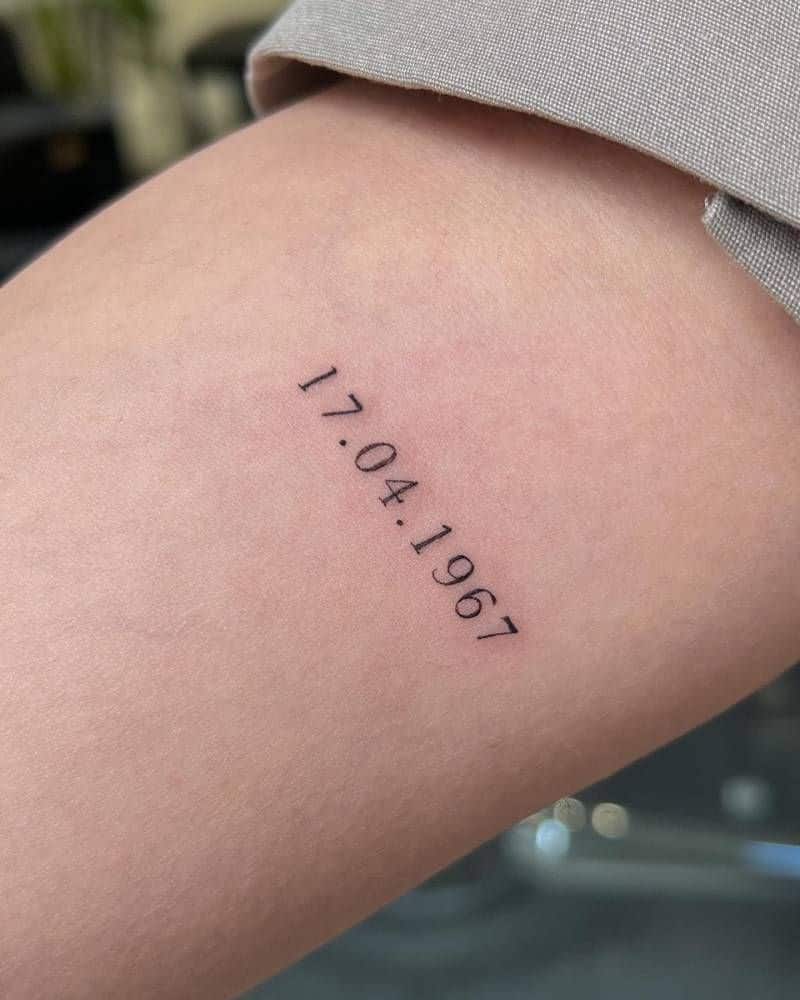
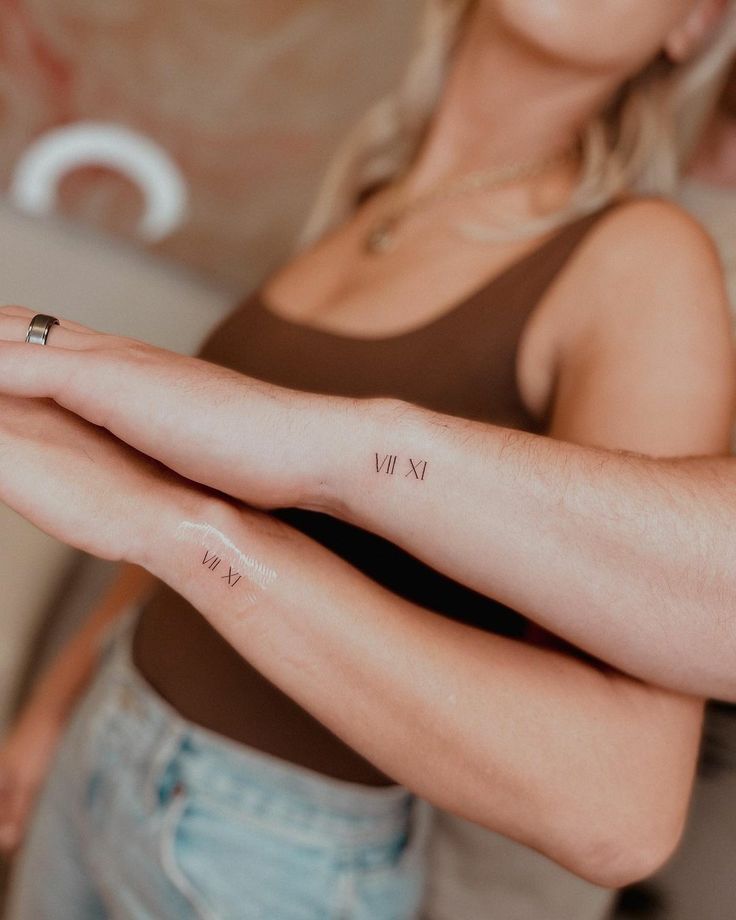
Animal-Inspired Tattoos
Animal tattoos let you express qualities you admire or associations you feel a connection to. For first tattoos, popular choices include birds, butterflies, wolves, or cats.
Each animal carries its own symbolism. For example, a lion often represents courage, birds can stand for freedom, and elephants may symbolize strength or loyalty.
Designs can range from highly detailed to minimal outline art. The size and placement are flexible, making it easy to fit your tattoo where you want.
If you want a tattoo with both personal and universal meaning, animal themes offer a diverse array of styles and interpretations. Consider which animal best reflects the trait or story you want to carry with you.
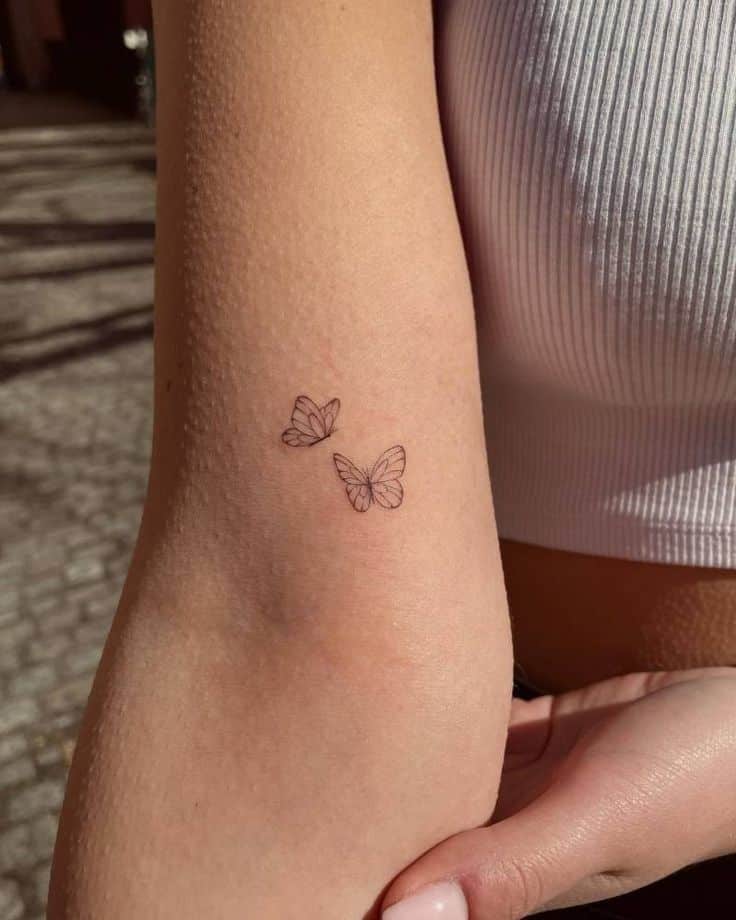
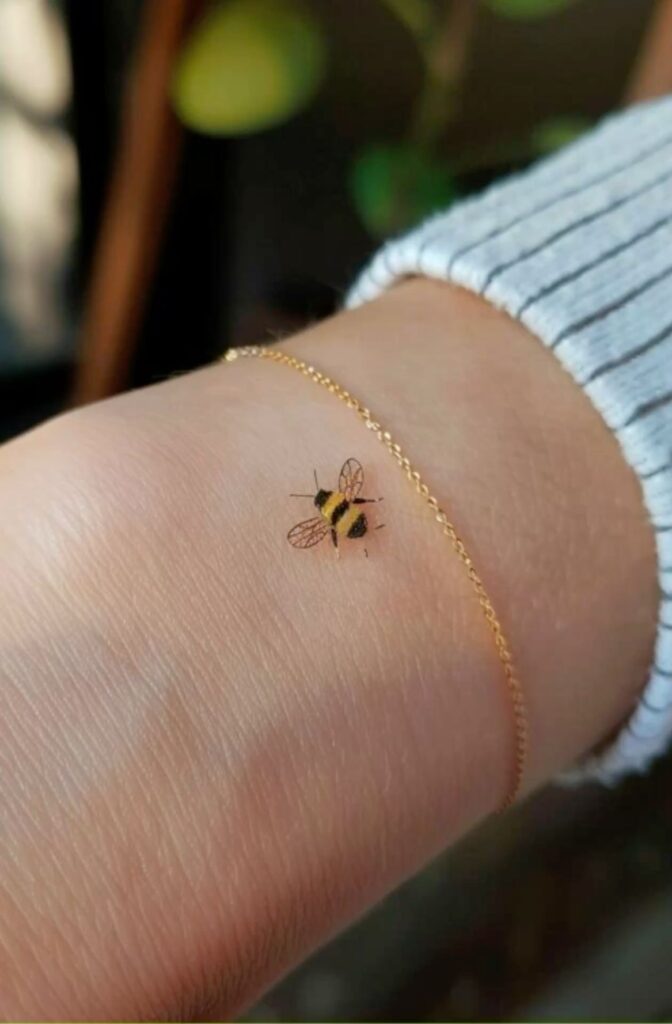
Trendy Tattoo Styles for Beginners
Minimalist and modern tattoo styles are popular choices for first-timers because they offer a clean look, simple aftercare, and plenty of opportunity for personalization. Many of these styles can be scaled in size and fit comfortably on areas like the wrist, ankle, or behind the ear.
Fine Line Botanical Art
Fine line botanical tattoos are highly sought after for their delicate appearance and timeless subject matter. Using thin needles, artists create detailed representations of plants, flowers, and leaves, resulting in soft and subtle designs.
Botanical art is appealing for its symbolism—such as growth, transformation, or memories tied to nature. The fine lines make these tattoos easier to conceal, which is ideal if you want something discreet.
Common placements include the forearm, collarbone, or ankle. You’ll find classic flower types like lavender, rosemary, or olive branches offer versatility and customization. For added detail, you can request minimal shading or add small script to personalize the piece.
Pros:
- Minimal discomfort during tattooing
- Undemanding aftercare due to smaller size
- Suitable for both visible and hidden placements
| Popular Choices | Meaning |
|---|---|
| Lavender | Calm, tranquility |
| Olive branch | Peace, new beginnings |
| Fern | Resilience, endurance |
Geometric Patterns
Geometric tattoos use shapes such as triangles, circles, and lines to build structured, balanced designs. This style is great for first tattoos because you can choose a simple arrangement or expand on a theme for more complexity over time.
These tattoos are especially popular if you appreciate symmetry and precision. Basic geometric patterns—like a series of dots or triangles—are fast to apply and tend to age well. Some opt for abstract shapes, while others incorporate meaningful arrangements or culturally significant motifs.
Placement ideas include the inner forearm, calf, or behind the neck. Geometric tattoos pair well with black ink, but subtle color can be added as an accent.
Benefits:
- Clean aesthetic with low visual clutter
- Easy to adjust in size or complexity
- Universally appealing regardless of trend changes
Single-Line Artwork
Single-line tattoos are created with one continuous, unbroken line, forming abstract or representational imagery. They are known for their simplicity and elegance, making them less intimidating for first-timers.
You might choose a face outline, animal form, or abstract design—each can carry a personal message in a minimalist way. Single-line tattoos take less time to apply and heal quickly compared to more elaborate styles.
This approach works well on the wrist, ankle, or ribs, giving you flexibility on placement. It’s important to choose an artist skilled in smooth lines since this style leaves little room for error.
Highlights:
- Fast healing due to minimal coverage
- Distinct but subtle—easy to keep discreet
- Versatile: adaptable to various designs and sizes
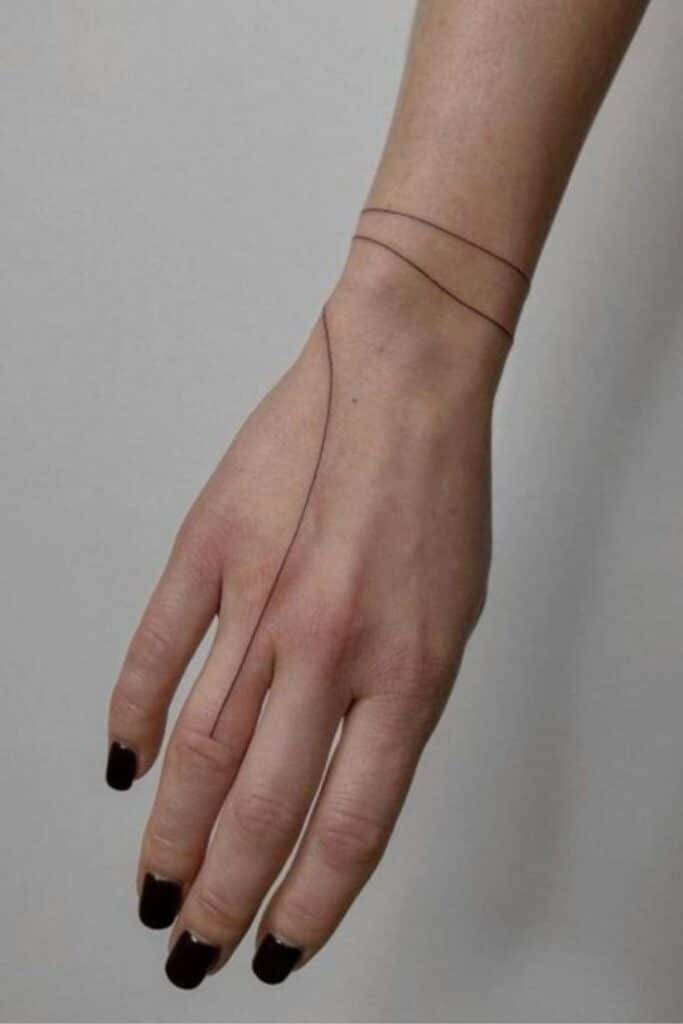
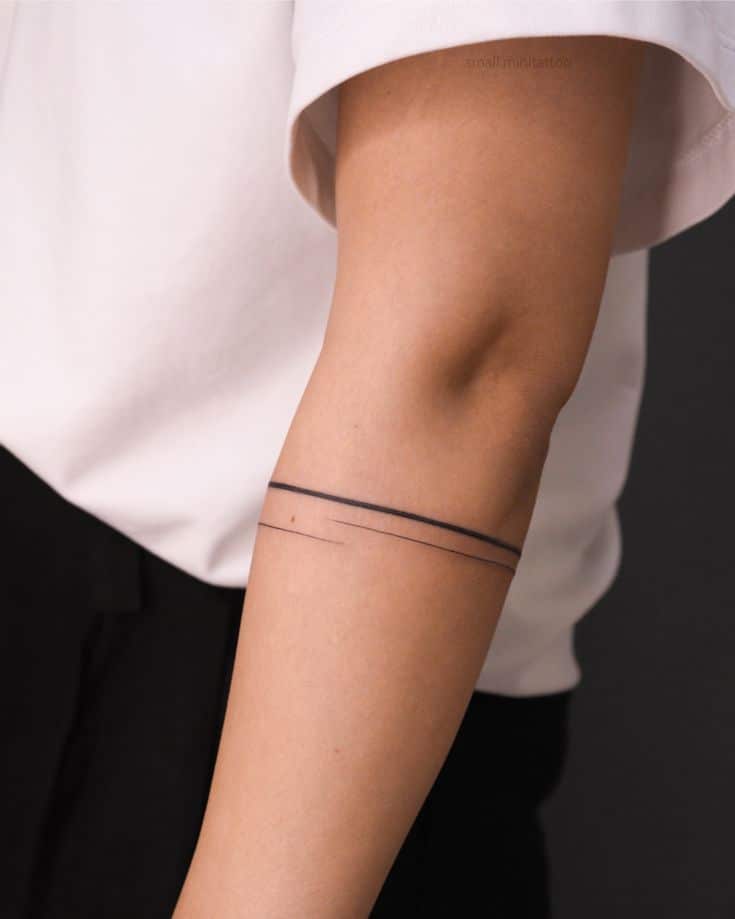
Tattoo Preparation and Aftercare
Getting a first tattoo involves more than picking a design. It’s important to prepare for your session and know exactly how to take care of your tattoo as it heals.
Preparing for Your Appointment
Before your tattoo appointment, choose a reputable, licensed studio. Research your artist’s portfolio, focusing on cleanliness and healed work rather than just fresh tattoos.
Eat a balanced meal the day of your session to keep your blood sugar stable. Avoid alcohol and blood-thinning medications for at least 24 hours prior, as these can increase bleeding.
Wear loose, comfortable clothing that allows easy access to the area being tattooed. Bring a bottle of water and, if your session will be long, a snack. When possible, shower before your appointment and arrive with clean, moisturized skin, free of oils and heavy lotions.
If you’re anxious, consider bringing a friend for support (some studios allow this—check their rules). Be honest with your artist about allergies or health concerns, and follow all pre-appointment guidelines they provide.
Aftercare Essentials
Immediate aftercare is key to proper healing. Your tattoo artist will typically clean, disinfect, and then wrap your tattoo in sterile bandaging.
Keep the bandage on for the time instructed by your artist (this could be a few hours, depending on the method used). Once removed, gently wash the tattoo with lukewarm water and a mild, unscented soap using clean hands. Pat dry with a clean paper towel.
Apply a thin layer of recommended ointment—often fragrance-free and suitable for sensitive skin. Avoid suffocating the tattoo with too much product. Repeat gentle cleansing and moisturizing 2–3 times daily. Avoid direct sun, swimming, and submerging the tattoo for two weeks to prevent infection and fading.
Common Healing Tips
A new tattoo will usually start to scab and peel after a few days. Never pick at scabs or scratch the tattoo, as this can cause scarring or ink loss.
Stay out of pools, hot tubs, and natural bodies of water until the tattoo is fully healed (usually about 2–4 weeks). Wear loose clothing over the area and avoid heavy exertion that might rub or irritate the skin.
If your skin feels dry, use a simple, fragrance-free moisturizer as advised by your tattoo artist. Watch for signs of infection, such as redness that spreads, pus, or high fever. If you notice any unusual symptoms, consult your artist or a healthcare professional swiftly.
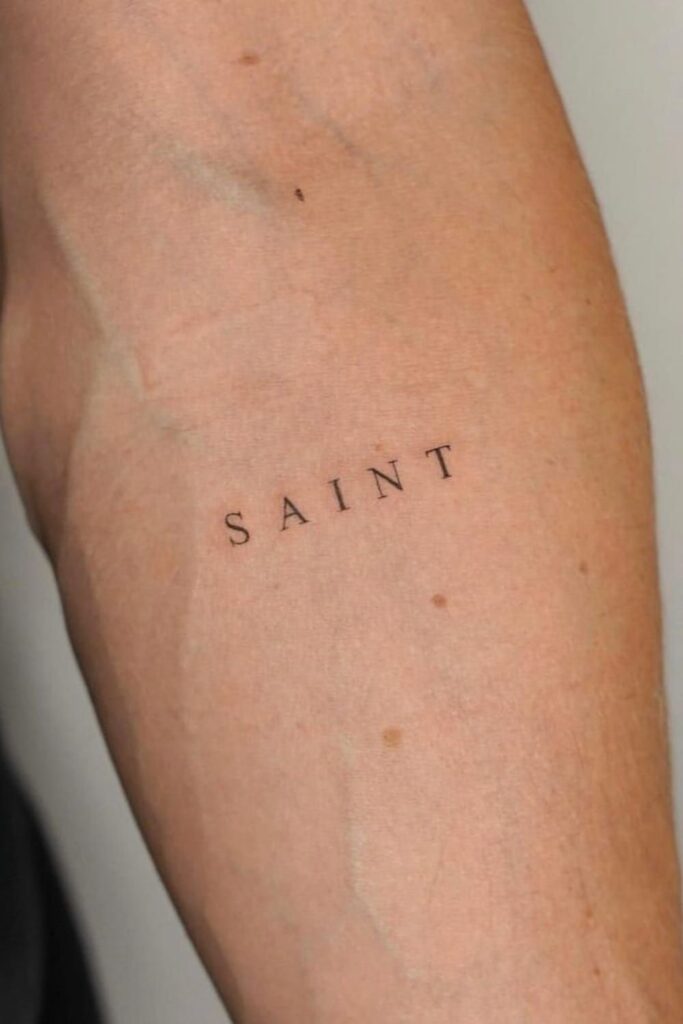
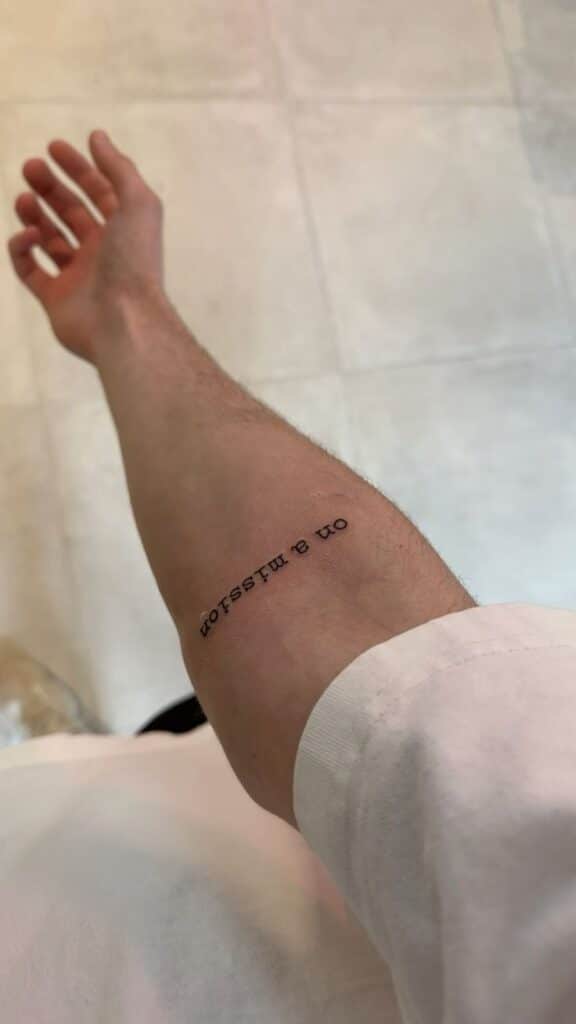
Choosing the Right Tattoo Artist
Selecting the right tattoo artist ensures your tattoo is safe, high-quality, and truly represents what you want. Paying attention to an artist’s experience, how they communicate, and their studio’s cleanliness can make all the difference in your tattoo experience.
Finding an Experienced Professional
Start by researching artists with reputable portfolios that match your preferred tattoo style. Look for artists who clearly display healed work, not just fresh tattoos, as this gives a better sense of their true skill and technique.
Consider specialization. Some artists excel at fine line tattoos, while others focus on bold traditional or watercolor designs. Compare portfolios and make sure the artist has done work similar to what you want.
Read reviews and ask for recommendations from friends or online communities. Experience matters, but make sure the artist is also up to date on safety practices and ongoing education in tattooing.
When possible, visit the studio in person to get a sense of the artist’s professionalism and the overall environment. Respectable artists will welcome questions about their experience and training.
Consultation Tips
Book a consultation to discuss your ideas openly with the artist. Bring references or sketches to clearly communicate your vision, preferred placement, and size for your tattoo.
Pay attention to the artist’s listening skills. A good artist asks clarifying questions about your design and explains what is realistic based on your skin, size, and location preferences.
Ask about the artist’s creative process. Find out how they handle adjustments and what the final stencil will look like before tattooing begins.
Take notes on how the artist explains aftercare, as their advice should be straightforward and detailed.
Trust your instincts during the consultation. If you feel rushed or uncomfortable, consider looking elsewhere, as comfort and communication are crucial.
Studio Hygiene Standards
Prioritize studios that follow strict health and safety protocols. Cleanliness and sterile equipment are essential to prevent infections and complications during the tattoo process.
Look for these red flags:
- Artists not using single-use gloves
- Unsealed or shared ink containers
- Surfaces that appear dirty or cluttered
Ask about their sterilization procedures. Reputable studios use autoclaves to sterilize tools and disposable needles for each client.
Notice whether workstations are cleaned before and after each tattoo session, and confirm that equipment, such as chairs and tables, is wiped down with hospital-grade disinfectants.
Avoid studios that hesitate to answer cleanliness questions. Commitment to hygiene not only protects your health but also indicates professionalism and respect for the art of tattooing.
- 762shares
- Facebook0
- Pinterest762
- Twitter0

